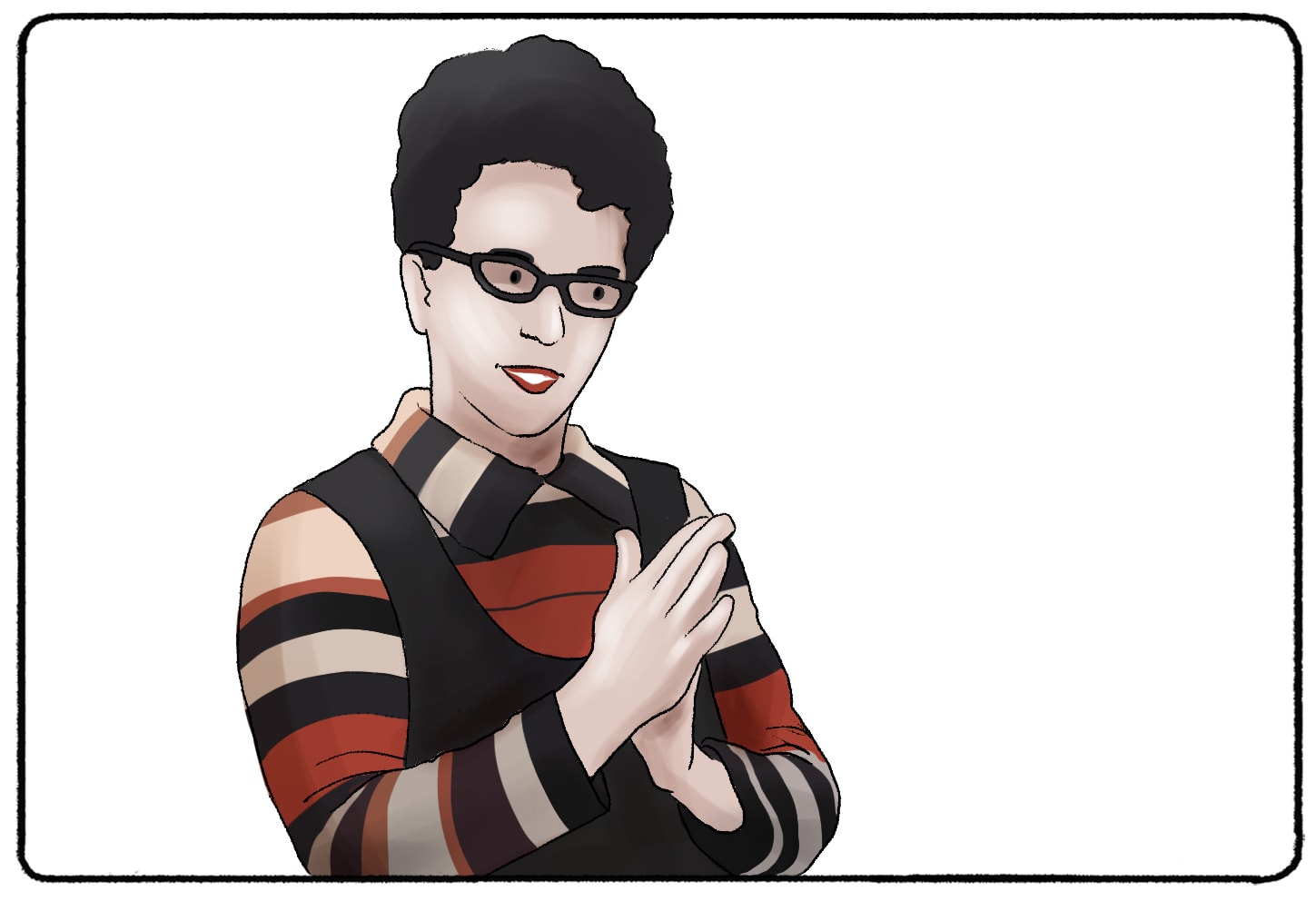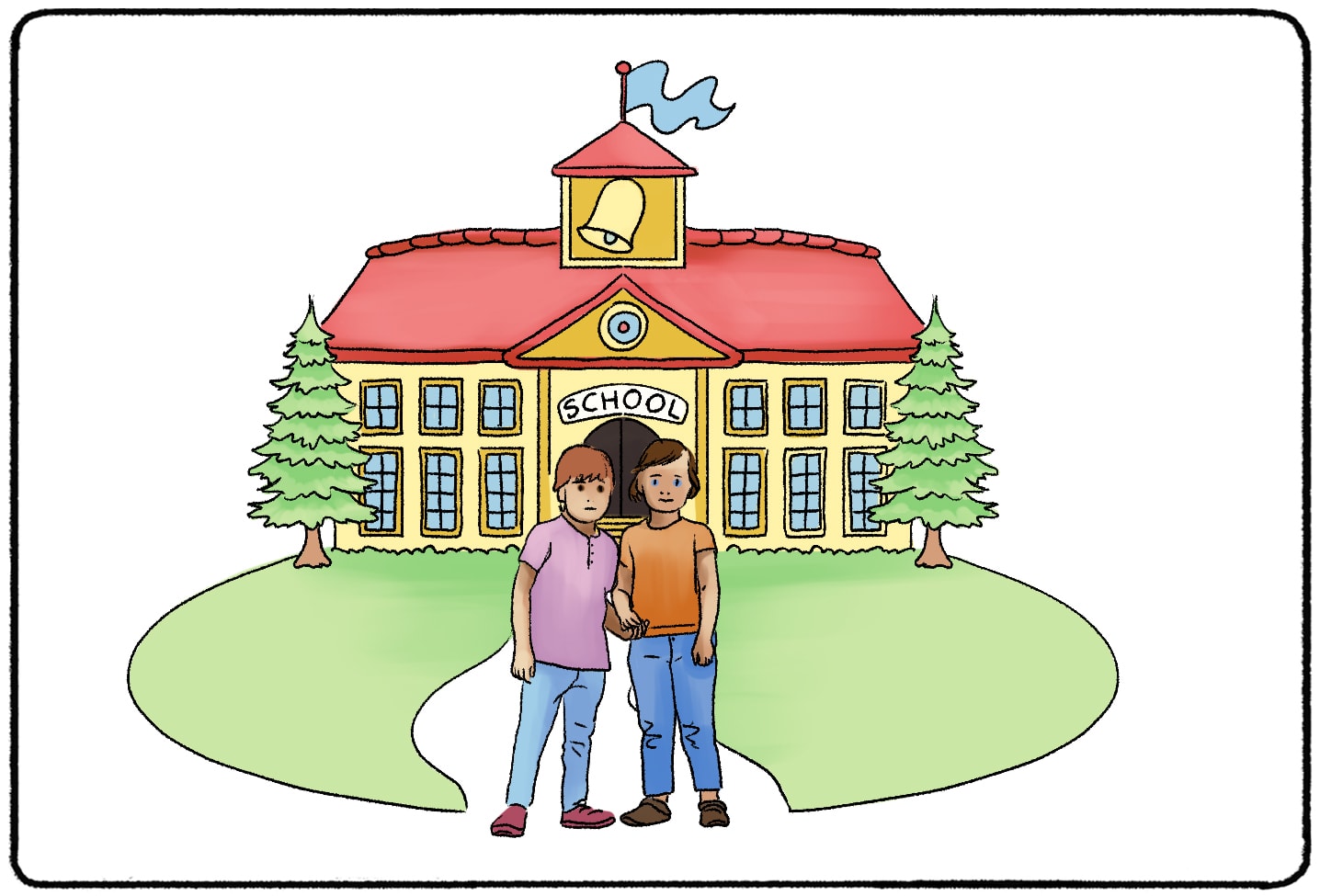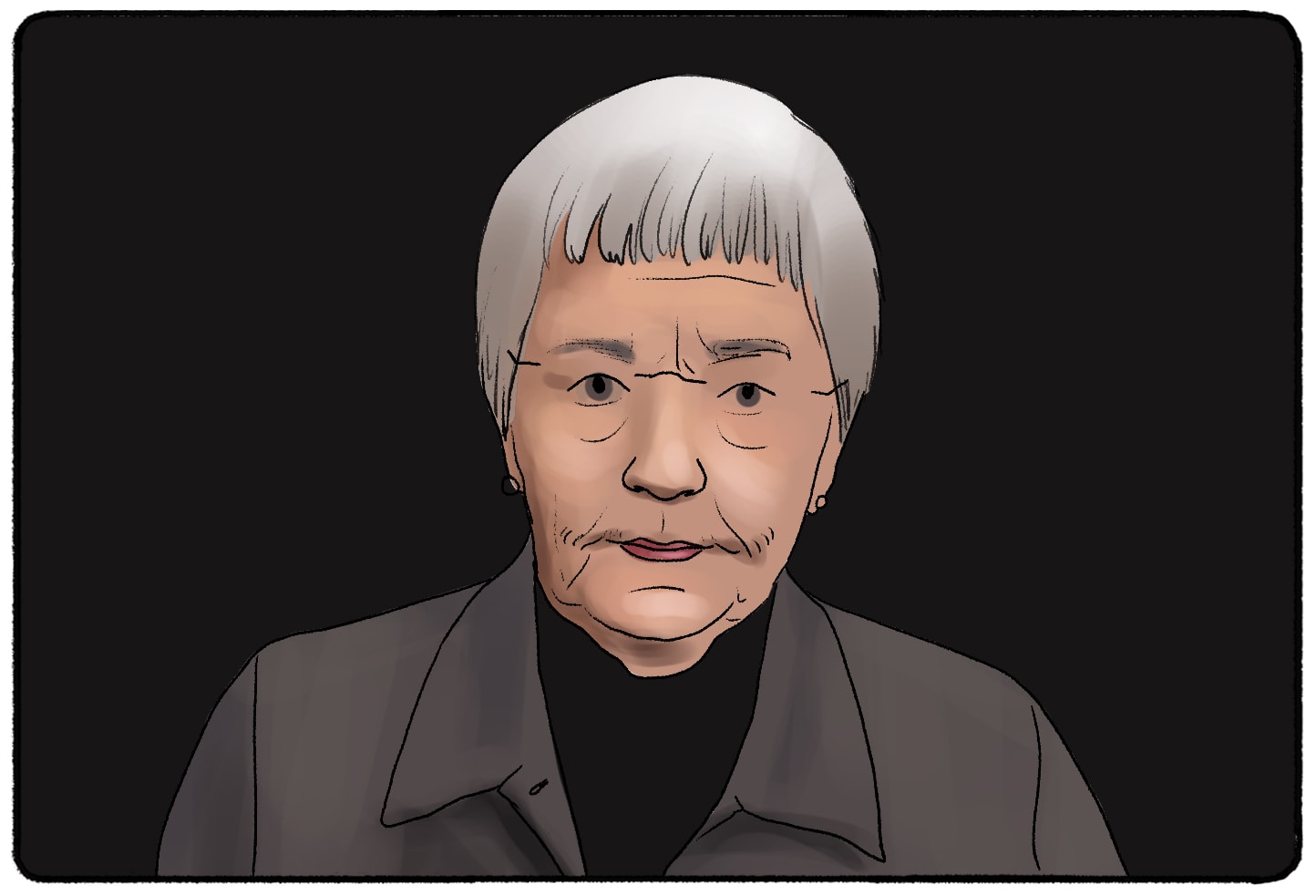“Keep me from judging a man until I have walked a mile in his moccasins.” This is a Sioux saying. You’ve probably heard different versions of it. This is the phrase that inspired one of the most well-known “experiments” in education. The Blue Eyes Brown Eyes exercise is now known as the inspiration for diversity training in the workplace, making Jane Elliott one of the most influential educators in recent American history.

What Was The Blue Eyes Brown Eyes Experiment?
In 1968, schoolteacher Jane Elliott decided to divide her classroom into students with blue eyes and students with brown eyes. The experiment, known as Blue Eyes Brown Eyes experiment, is regarded as an eye-opening way for children to learn about racism and discrimination.
What Was the Purpose of the Blue Eyes Brown Eyes Experiment?
The day after Martin Luther King Jr. was shot, Elliott had a talk with her students about diversity and racism. She asked her students, who were all white, whether or not they knew what it felt like to be judged by the color of their skin. Even though some of the children said yes, Elliott pushed back. She asked them if they would like to experience what it felt like to be in a person of color’s shoes. The children said yes, and the exercise began.
Why Did Jane Elliott Choose Eye Color To Divide Her Students?
The first thing that Jane Elliott did was divide the children into groups: those with blue eyes and those with brown eyes. This was intentional. “One of the ways Hitler decided who went into the gas chamber was eye color,” Elliott said in a later speech. “If you had a good German name, but you had brown eyes, they threw you into the gas chamber because they thought you might be a Jewish person who was trying to pass. They killed hundreds of thousands of people based on eye color alone, that’s the reason I used eye color for my determining factor that day.”
How Did The Experiment Work?
Elliott divided the class into children with blue eyes and children with brown eyes. On the first day, she told the children with blue eyes they were “superior": smarter and more well-behaved than the children with brown eyes. Children with brown eyes were forced to wear armbands that made it easy for people to see that they had brown eyes. (In later versions of the exercise, children in the “inferior” group were given collars to wear.)
Throughout the day, Elliott continued to give the children with blue eyes special treatment. Blue-eyed children got five extra minutes of recess. If brown-eyed children made a mistake, Elliott would call out the mistake and attribute it to the student’s brown eyes.
The next day, Elliott reversed the roles. The brown-eyed children could take off their armbands and give them to the blue-eyed children, who were now taught that they were “inferior” to the brown-eyed children. And the exercise continued in a similar fashion to how it was executed the day before.

Results of the Experiment
It didn’t take long for the children to turn on each other. Kids “on top” would tease the children who were deemed as the inferior group. The kids in the “bottom” group became timider and kept to themselves. Things even got violent at recess. Within a few hours of starting the exercise, Elliott noticed big differences in the children’s behavior and how they treated each other. She noticed that student relationships had changed; even if students were friendly outside of the exercise, they treated each other with arrogance or bossiness once the “roles” were assigned.
When Elliott conducted the exercise the next year, she added something extra to collect data. She gave all of the students simple spelling and math tests two weeks before the exercise, on the days of the exercise, and after the exercise.
Elliot said that when the children were given the test on the same day that they were in the “superior” group, they tended to get the highest scores. Students in the “inferior” groups were more likely to get a worse score. If you have ever heard of the self-fulfilling prophecy, these results may not come as a surprise.
Initial Reaction to the Blue Eyes Brown Eyes Exercise
Why are we still talking about this experiment over 50 years later?
The Blue Eyes Brown Eyes exercise received national attention shortly after it ended. Elliott asked her students to write about their experiences for the local newspaper. The story was then picked up by the Associated Press. Elliott was even brought on The Tonight Show to talk about her experiences.
Not everyone appreciated Elliott’s exercise. In fact, most of the initial response was negative. Elliott’s coworkers avoided her after her appearance on The Tonight Show. They gossiped about her in the hallway. One even wrote a lipstick message with racial slurs.
Was The Blue Eyes Brown Eyes Experiment Ethical?
Many critics that the children were too young to understand the exercise. One caller complained that white children would not be able to handle the exercise and would be seriously damaged by the exercise.
Researchers later concluded that there was evidence that the students became less prejudiced after the study and that it was inconclusive as to whether or not the potential harm outweighed the benefits of the exercise.
These initial criticisms didn’t stop Elliott. She continued to conduct the exercise with her third graders. In 1970, a documentary about the exercise was released. Watch it online right now! The documentary has become a popular teaching tool among teachers, business owners, and even employees at correctional facilities.
That same year, Elliott was invited to the White House Conference on Children and Youth to conduct an exercise on adult educators.
Lasting Impact of Blue Eyes Brown Eyes Experiment
Fourteen years later, the students featured in The Eye of the Storm reunited and discussed their experiences with Elliott. Many of them noted that when they hear prejudice and discrimination from others, they “wish they could whip out those collars” and give them the experience they had as third graders. This meeting, along with other clips of the exercise’s impact on education, is featured in a PBS documentary called A Class Divided.
Even though the response to the Blue Eyes Brown Eyes exercise was initially negative, it made Jane Elliott a leading figure in diversity training. She left teaching in the mid-80s to speak publicly about the experience and the impact of prejudice and racism.
Anti-Racism Training in the 21st Century
In 2001, Jane Elliott recorded The Angry Eye, in which she revised and updated her experiment. This time, the participants weren't a bunch of elementary school children - they were young adults. From the moment the experiment begins, Jane Elliott uses a mean tone to speak to the participants. She says it's because racism, sexism, homophobia, ageism, and ethnocentrism are mean and nasty.
The blue-eyed participants faced discrimination for two and a half hours. In explaining the experiment rules to the brown-eyed contestants, she addresses the people of color in the room. She asks them if they have ever faced treatment like the type that blue-eyed people would experience in the following two and a half hours. One student answers, "since the day I was born." Throughout the entire experiment, Elliott leads frank conversations about race and discrimination. Sadly, these conversations are still relevant today. They were also relevant in the 1950s when Elliott first began this work.
In the documentary, she said that she conducted the original blue-eyes, brown-eyes experiment to make a positive change. In 2001, she was still trying to make a change. You can contribute to that positive change by watching the documentary. It is quite powerful to watch. At points, you are likely to feel uncomfortable. In the most uncomfortable moments, Elliott reminds the students of violent acts caused by racism or homophobia.
Jane Elliot Quotes
Jane Elliot’s work and experiences have made her an authority on education and anti-racism. The following are some of her most insightful quotes on these issues.
On the Power of Words
“Words are the most powerful weapon devised by humankind. We use them to divide and destroy people.”
On White Privilege
“White people’s number one freedom, in the United States of America, is the freedom to be totally ignorant of those who are other than white. We don’t have to learn about those who are other than white. And our number two freedom is the freedom to deny that we’re ignorant.”
On Understanding The Different Ways We Treat Other Races
“I want every white person in this room who would be happy to be treated as this society in general treats our citizens, our black citizens, if you, as a white person, would be happy to receive the same treatment that our black citizens do in this society, please stand. You didn’t understand the directions. If you white folks want to be treated the way blacks are in this society, stand. Nobody’s standing here. That says very plainly that you know what’s happening, you know you don’t want it for you. I want to know why you’re so willing to accept it or to allow it to happen for others.”
On Conversations With Other Teachers
"The first reaction I get from teachers, who see this film or from hearing, - hear me discuss what I do say to me "How can you do that to these little children? How can put those little children through that exercise for a day?" And they seem unable to relate the sympathy that they're feeling for these little white children for a day to what happens to children of color in this society for a lifetime or to the fact that they are doing this to children based on skin color every day. And I'm only doing this as an exercise that every child knows is an exercise and every child knows is going to end at the end of the day."
On The Origins of Racism
“We learn to be racist, therefore we can learn not to be racist. Racism is not genetical. It has everything to do with power."
Where Is Jane Elliott Now?

To this day, at the age of 86, Jane Elliott continues this work. She has made statements about the increase in hate crimes and racism in recent years. The Blue Eyes Brown Eyes exercise continues to be relevant. The idea of white privilege is closely tied to Elliott’s initial question to her students. Did they know what it was like to be discriminated against?
While controversial, the Blue Eyes Brown Eyes exercise continues to be one of the most well-known and praised learning exercises in the world of educational psychology. The students initially involved wished that everyone could participate in an exercise like this. How do you think the world would change if everyone experienced the perils and setbacks that come with prejudice and discrimination?
